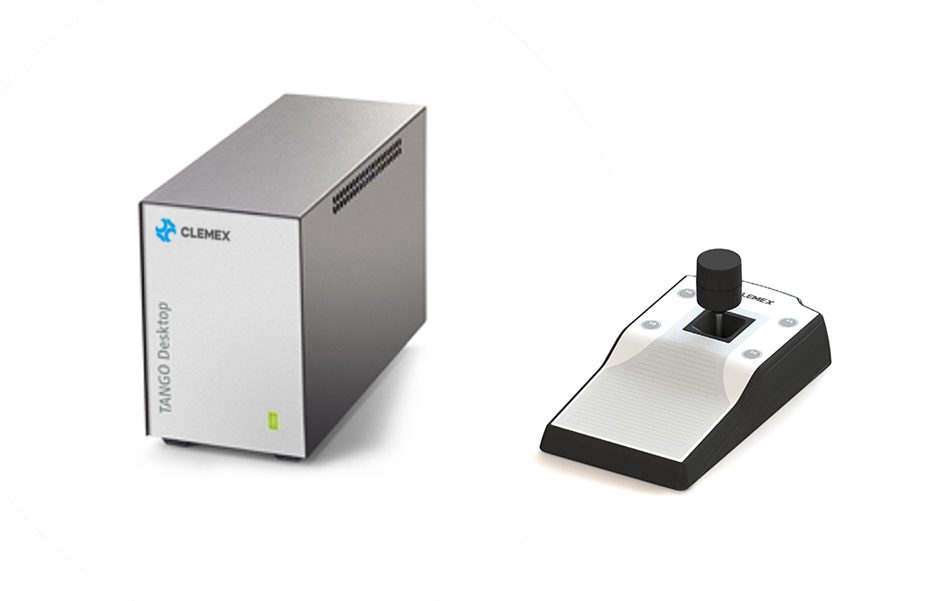
If you’re trying to troubleshoot a cooling or performance problem, WattMan’s graphing feature is a godsend.Ī thoughtful twist on this performance-tracking feature is the ability to use it globally or with only specific applications. In other words, every crucial measurement you need to monitor while overclocking your graphics card.īest of all, if you see something weird on the graph-like a big clock speed drop-hovering your mouse over the issue will bring up the stats for that specific point in time. WattMan’s most striking feature revolves around its real-time graphing, dubbed “Histogram,” which maps out your RX 480’s activity level, current core clock speed, memory frequency, temperature, and fan speed. You’ll be greeted by the interface shown below.Ĭlick on any image in this article to enlarge it. Open up AMD’s Radeon Settings app and click the Gaming tab, then Global Settings, and finally the Global WattMan tab. Probably - asking for trouble.Working with WattMan is dead simple. I would not leave both programs installed together. When I'm ready to push the card to custom settings, I'll want to use Afterburner if I can, and uninstall the Gigabyte program. There's no "Apply settings at Startup" feature that I've discovered.
HOW TO USE THE MANUAL OPTION IN EVGA PRECISION X SOFTWARE SOFTWARE
But with the Gigabyte software (and I could even be mistaken), it seems you have to keep the program in system tray all the time. The Gigabyte software has some useful "pre-set profile" features, but AB wins hands down for its robust design. If you say "you don't have to do that," it's just extra trouble to satisfy myself.īut I'm convinced you should only use one or the other - and not both. I'd rather use Afterburner, so I'll have to run some tests to see how speed and voltage scale under both programs. So I was asking myself what this means if Afterburner only has values beginning with 0. There is also of course a "manual" feature, which you'd really want to use to seriously overclock the card.Įco mode shows the clock reduced by 24 Mhz, which appears as a -24 value on the speed slider. It comes with three ready-made profiles: "OC," "Gaming" and "Eco." These are all linear speed schedules following voltage on the X-axis, and of different slopes. Then, I installed Gigabyte Xtreme Gaming Engine, more or less equivalent. At this point, I'm not ready to overclock the card, but only wanted the program for monitoring. Then, I installed AFterburner without much thought about it. I bought a GTX 1070 Gigabyte (mini-OC) for my Skylake rig. Not only is it popular, but it's simply the best such program I've seen among maybe three. I know these programs are more or less agnostic, and I know that Afterburner is popular. It doesn't require starting up Afterburner in the system tray at boot time.Īs long as I'm passing this on, I have my own dilemma. Setting the "apply your OC and Fan settings" at startup apparently creates a file that loads at boot time. It doesn't "start" at boot time, but what I mean by that is that the program interface doesn't load with the initial boot to desktop. I have Afterburner set up on my 2x GTX 970 system. Open Device Manager, re-enable it, and voila! New bios tuned to your specification. You'll open Device Manager, locate your card, and disable it. Make sure not to change anything else, even scrolling the mouse wheel changes settings. The fan settings are pretty easy to mess with and you can tweak and test it until you get it to work the way you want. Open the bios copy in Maxwell Bios Tweaker. You might want to boot with both bioses and record them, sometimes the second bios has different settings.

You'll use GPU-Z to take a copy of the original bios. NVFlash with certificates checks bypassed. You can always switch it back to the primary bios even if the second one gets borked. I highly recommend flashing the second bios only in case of disaster. I'll outline what you need and the basic steps. There are some guides you can find online (I can't seem to locate a decent one right now but I know they exist). eVGA doesn't seem to care what you do with either as long as you flash the primary bios back to stock before RMAing it. Typically you are allowed to flash the second bios and do whatever you want with it so long as the primary bios is left alone. They should have a little switch on the edge of the PCB to switch between them. If you have FTW models (I think I saw you talk about it in another thread) they have two bioses. Click to expand.It's really not very hard.


 0 kommentar(er)
0 kommentar(er)
